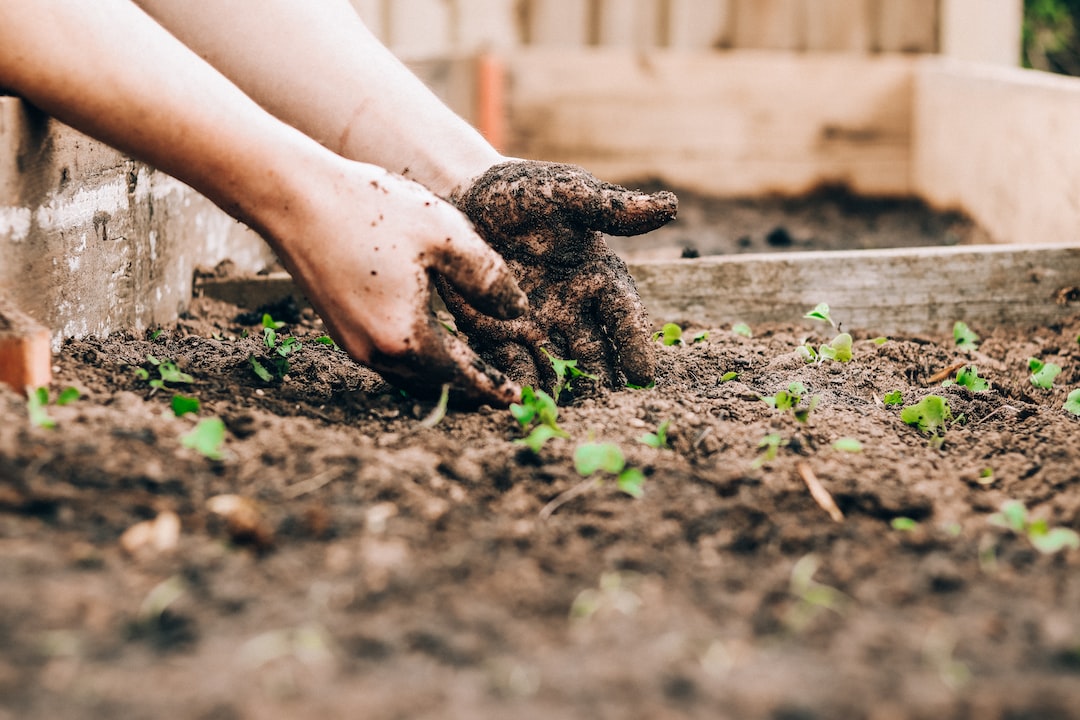Preserving Your Garden’s Bounty: Canning and Homemade Recipes
As the warm months roll in, gardeners everywhere rejoice at the sight of flourishing plants and the promise of bountiful harvests. But what happens when the fruits of your labor start to overwhelm your kitchen counters and refrigerator? Preserving your garden’s bounty is not only a practical solution to prevent food waste but also a chance to enjoy your homegrown produce long after their season has come to an end. Canning and homemade recipes offer an excellent way to achieve this, allowing you to savor the flavors of summer throughout the year.
Canning is a time-honored technique that has been used for centuries to preserve food. By sealing fruits, vegetables, and even meats in airtight jars, you can extend their shelf life significantly. The process involves properly sterilizing the jars, heating the food to kill bacteria, and then sealing the jar tightly to create a vacuum seal that inhibits spoilage.
Before you embark on your canning journey, it’s important to gather all the necessary equipment. You will need large pots for boiling water, canning jars with lids and rings, a canning funnel, tongs, and a jar lifter. It is crucial to choose high-quality jars to ensure they endure the heat and pressure of the canning process.
When it comes to choosing what to can, the possibilities are endless. Start by considering what you have an abundance of in your garden. Tomatoes, berries, peaches, and cucumbers are excellent choices for beginners as they are versatile and can be used in a variety of recipes.
Tomatoes, the ultimate staple of many gardens, can be transformed into delicious pasta sauces, salsas, or even homemade ketchup. Berries provide the perfect base for jams, jellies, and fruit preserves. Peaches can be canned in light syrup or transformed into mouthwatering peach chutney to accompany grilled meats or cheese platters. Cucumbers can be turned into classic dill pickles or bread-and-butter pickles, perfect for summer picnics.
Once you’ve decided on your produce, it’s time to prepare them for canning. Before anything else, make sure to wash and inspect your fruits and vegetables, discarding any bruised or damaged ones. Some recipes may require peeling, blanching, or cutting the produce into smaller pieces. Follow the specific instructions of your chosen recipe to ensure the best results.
When it comes to canning, there are two main methods: water bath canning and pressure canning. Water bath canning is suitable for high-acid foods and involves submerging sealed jars in a large pot of boiling water for a specified amount of time. Pressure canning, on the other hand, is necessary for low-acid foods such as meats and most vegetables. It requires a specialized pressure canner that can reach higher temperatures to kill any potential bacteria.
Once your jars have gone through the canning process and have cooled down, it’s important to check that they are properly sealed. The lids should be taut and flat, indicating a successful seal. Store your canned goods in a cool, dark place, away from direct sunlight or extreme temperatures.
Preserving your garden’s bounty goes beyond canning alone. Homemade recipes are another fantastic way to make the most of your harvest. From fruit pies to savory chutneys, the possibilities in the kitchen are endless.
Consider making a flavorful tomato sauce with your homegrown tomatoes, simmered with fresh herbs and garlic, and then frozen in individual portions. These frozen sauces will come to the rescue on busy weeknights when you don’t have time to cook from scratch.
If you’re a fan of freshly baked goods, you can freeze your surplus of berries to use in pies, cakes, and muffins during the colder months. A blueberry pie made with berries picked from your own garden feels like a cozy slice of summertime in the dead of winter.
Don’t forget about herbs! Herbs such as basil, rosemary, and mint can be dried and stored in small jars, preserving their vibrant flavors. A sprinkle of home-dried herbs can elevate any dish, whether it’s a summer salad or a hearty winter stew.
Preserving your garden’s bounty through canning and homemade recipes not only allows you to savor the flavors of summer throughout the year but also creates a connection to the land and the seasons. It is a chance to appreciate the hard work that goes into gardening and ensures that none of your precious produce goes to waste. So, roll up your sleeves, gather your jars, and let the preserving begin!

